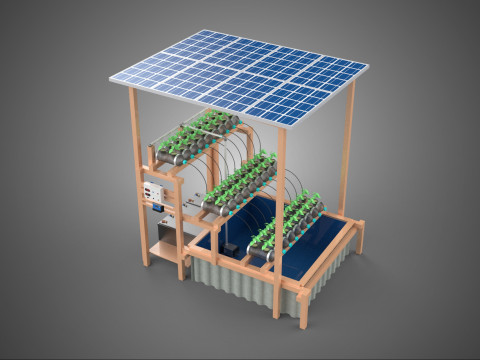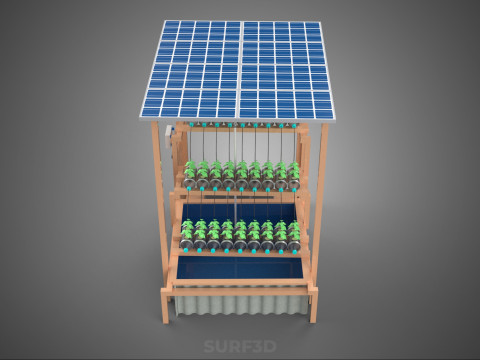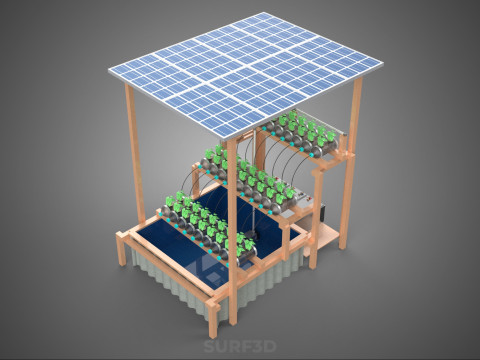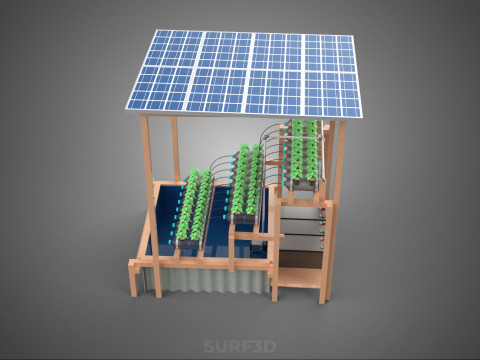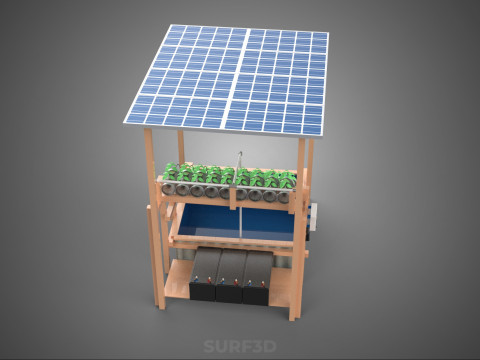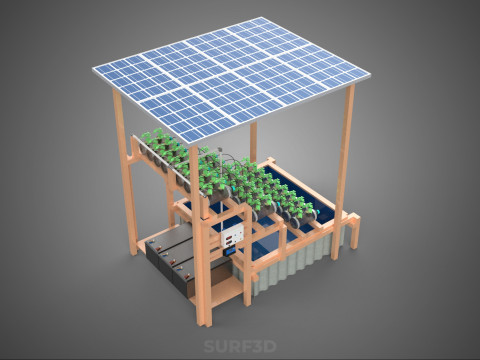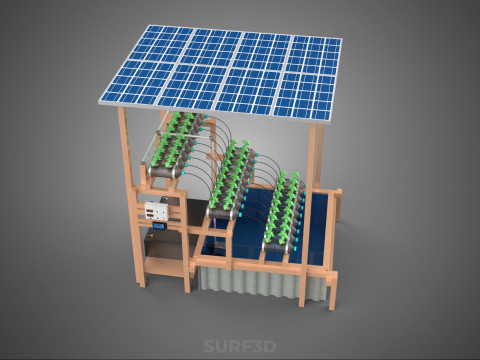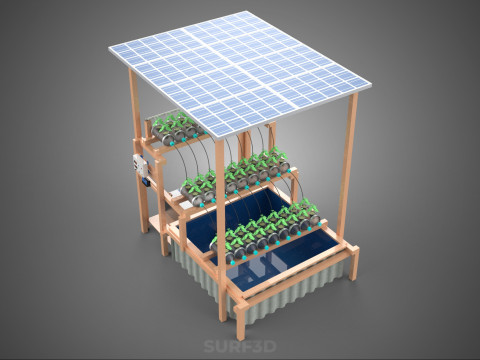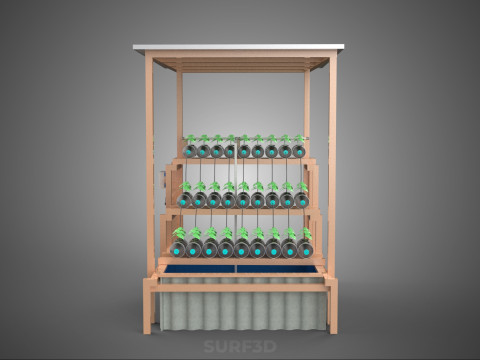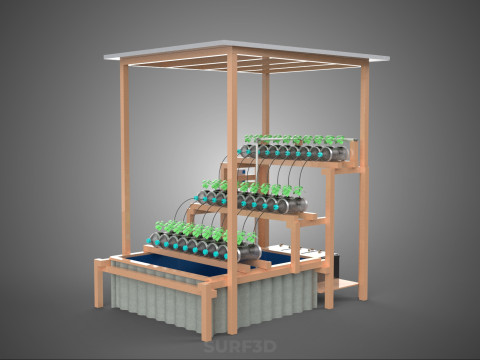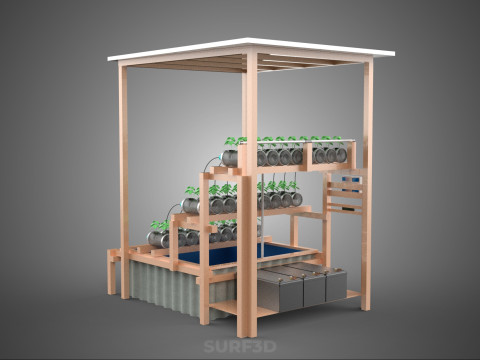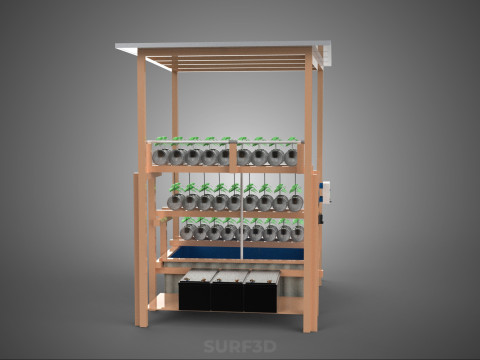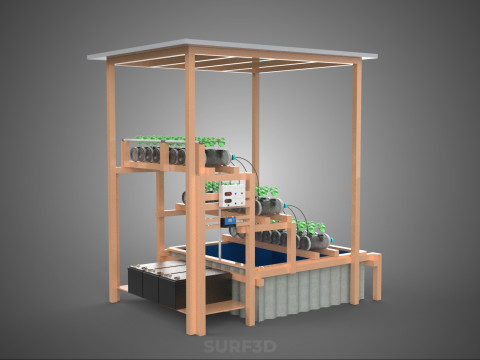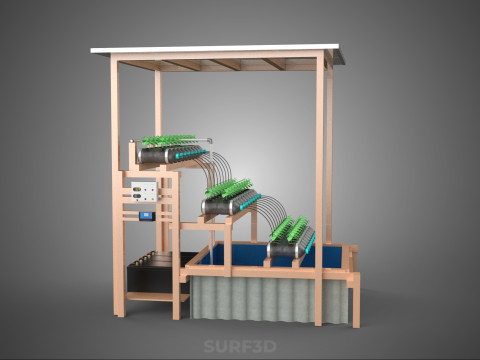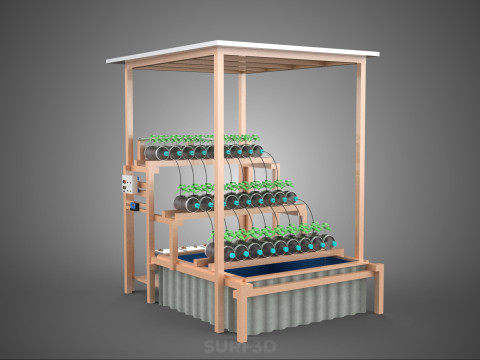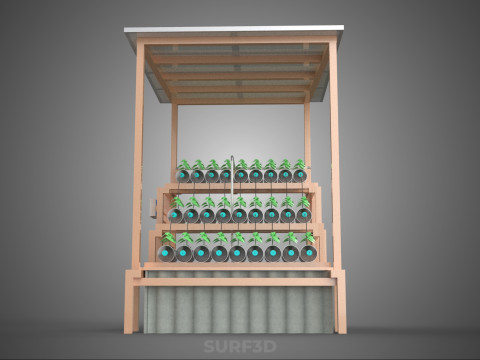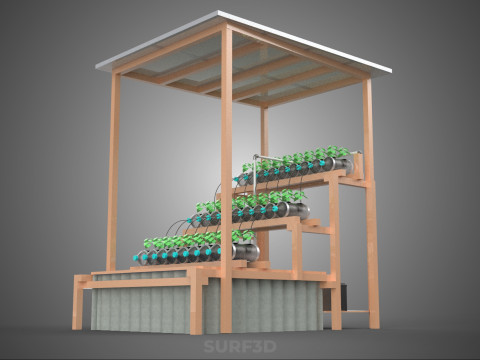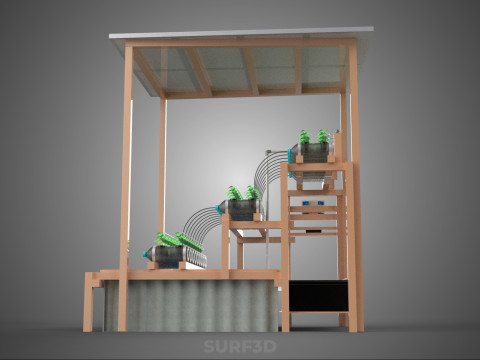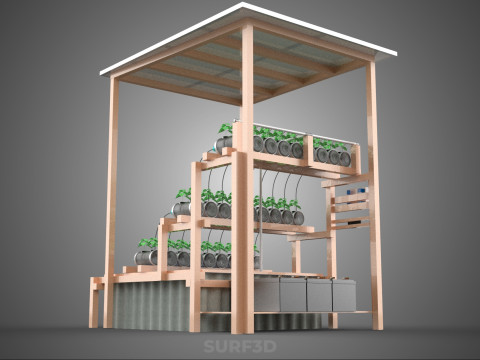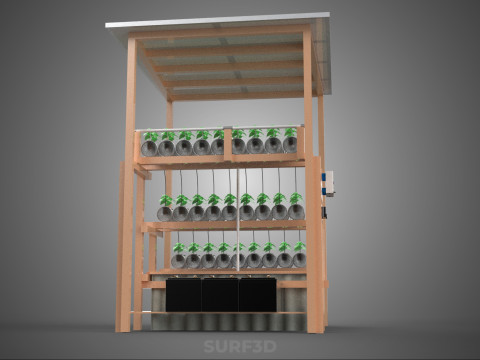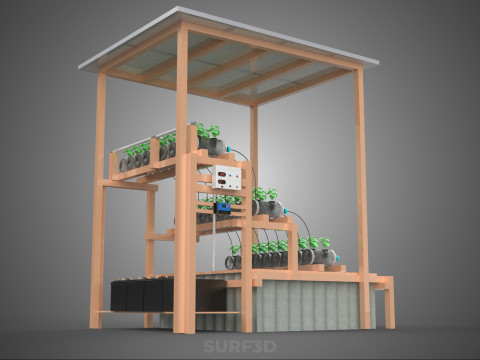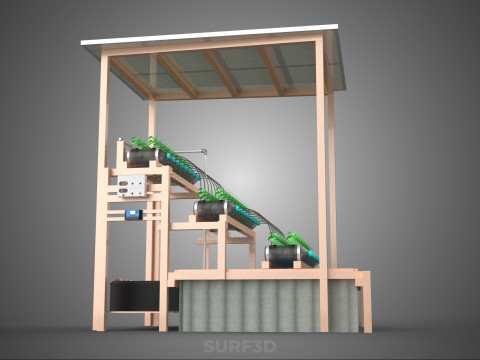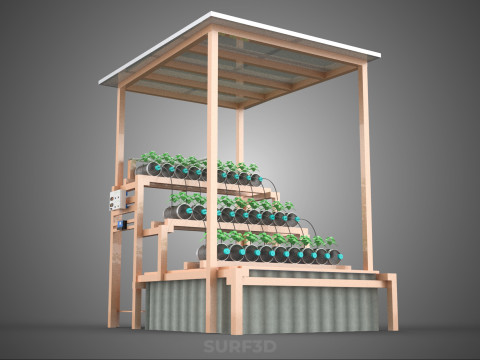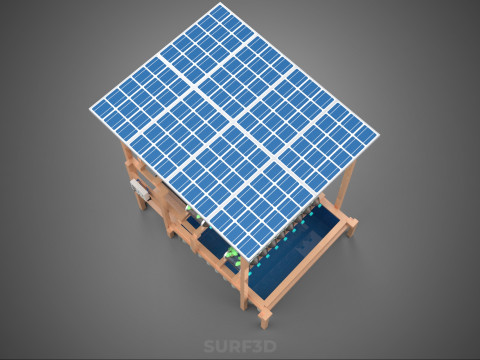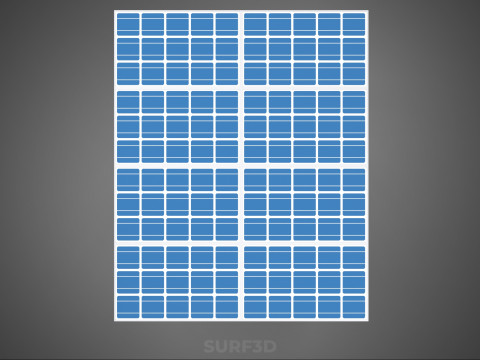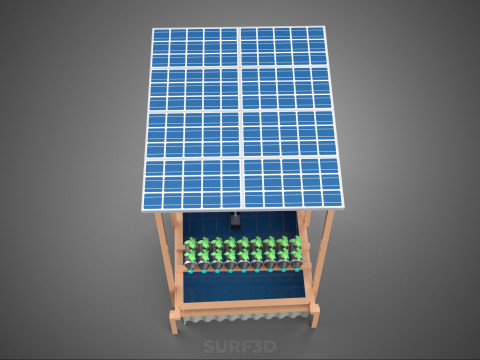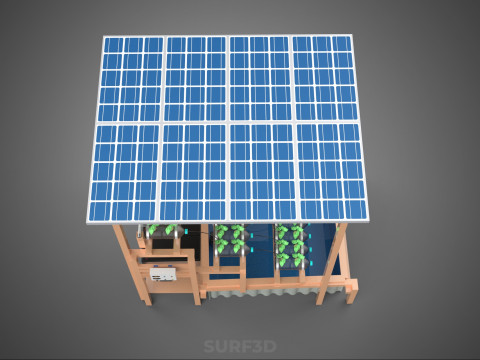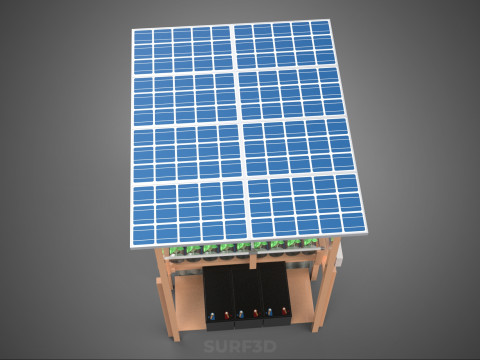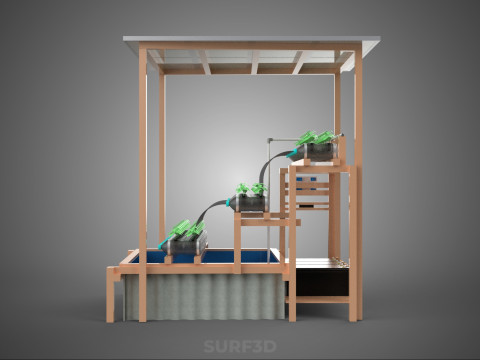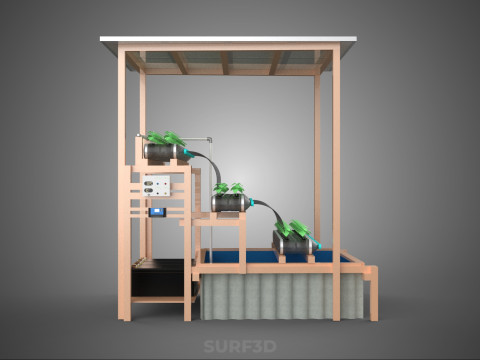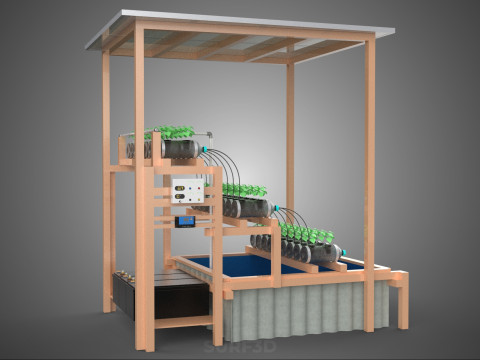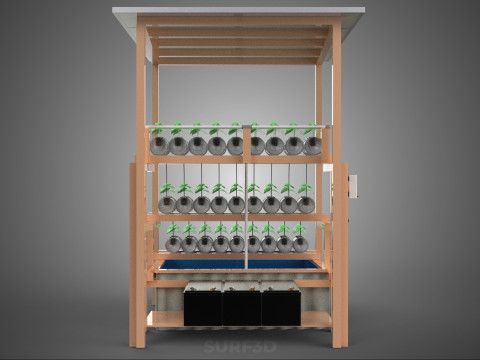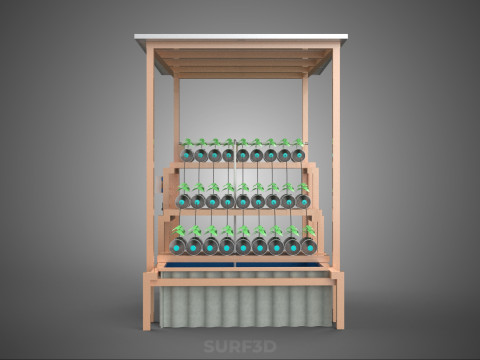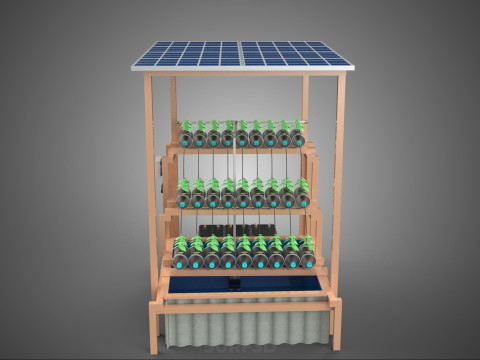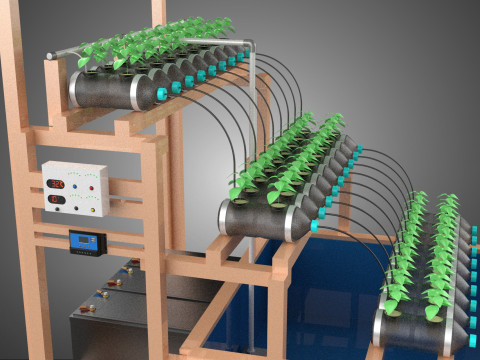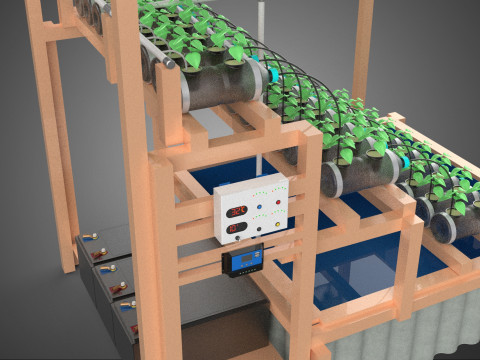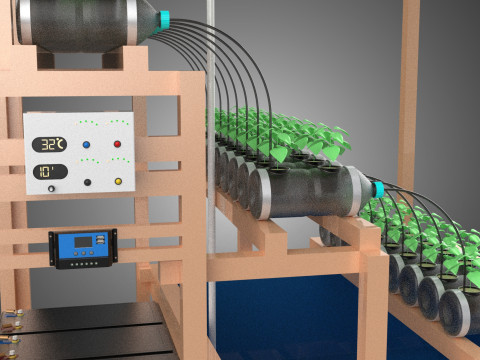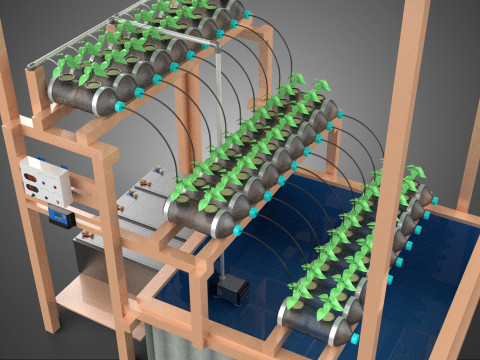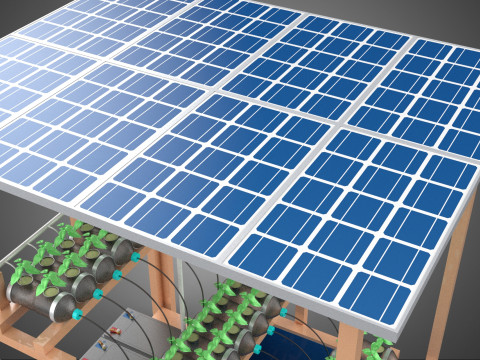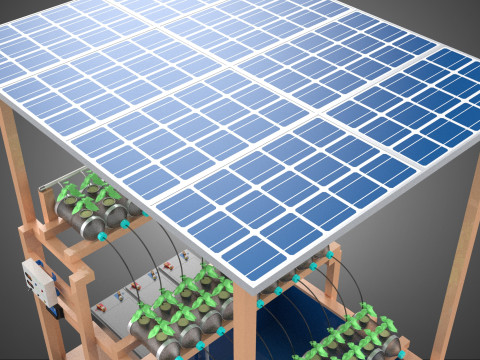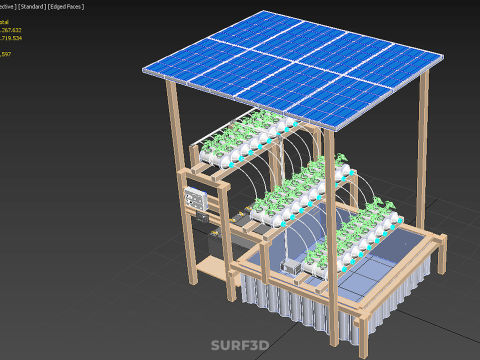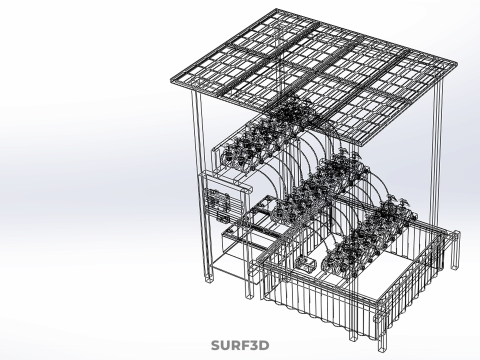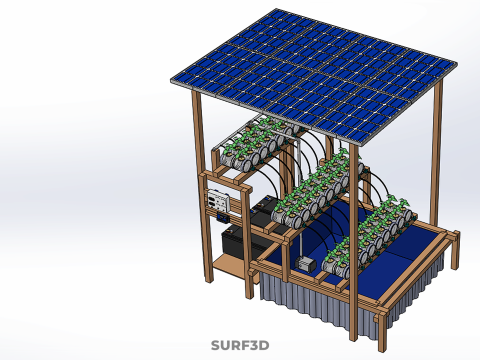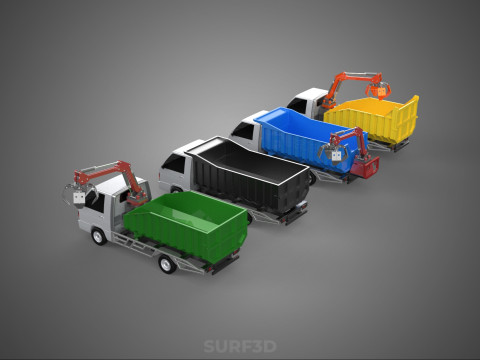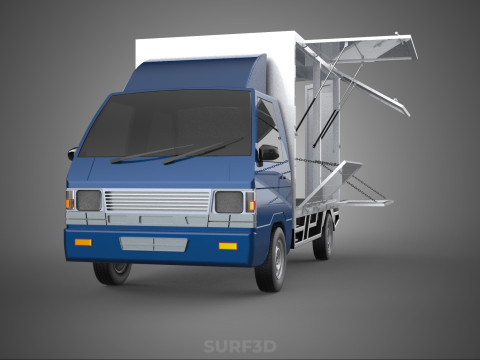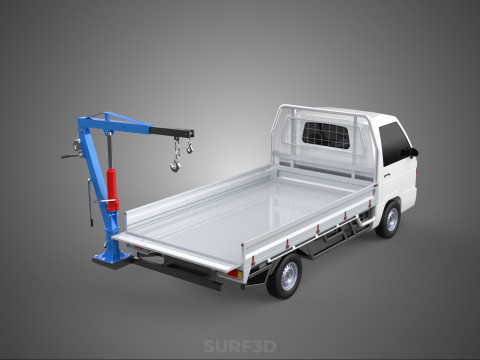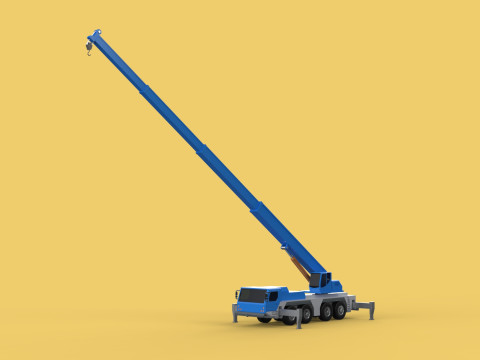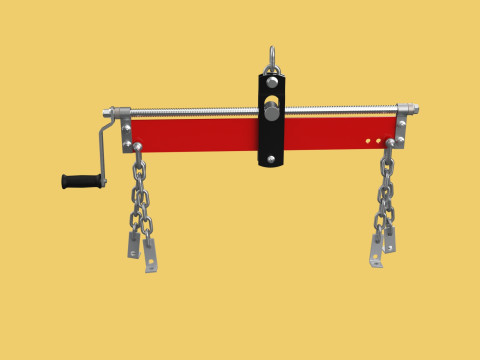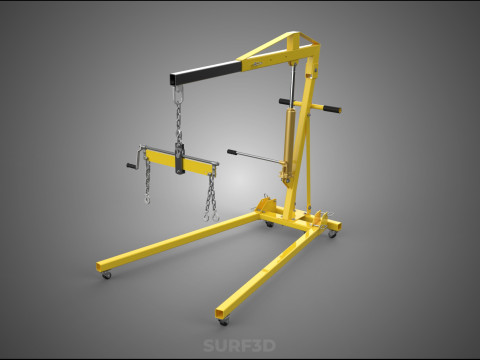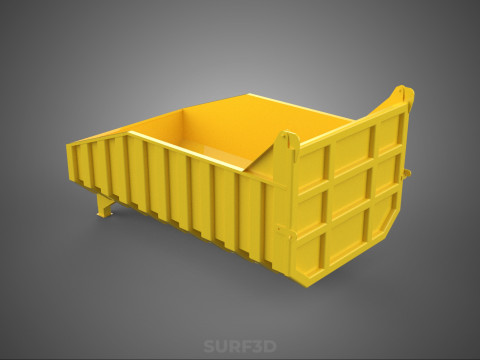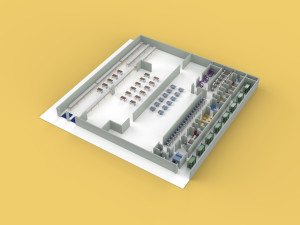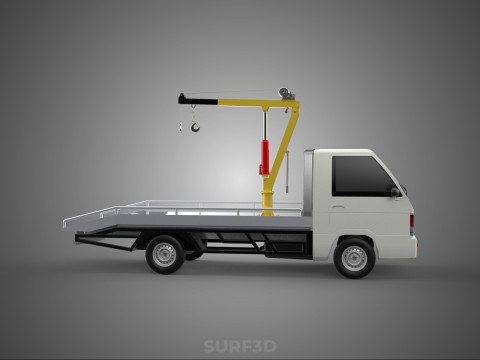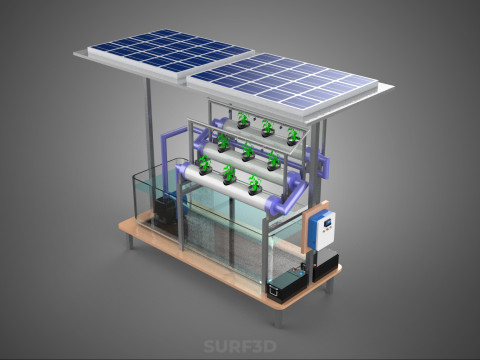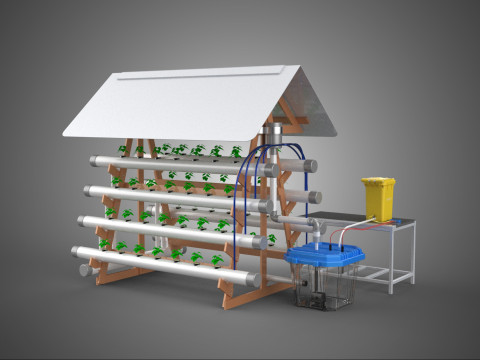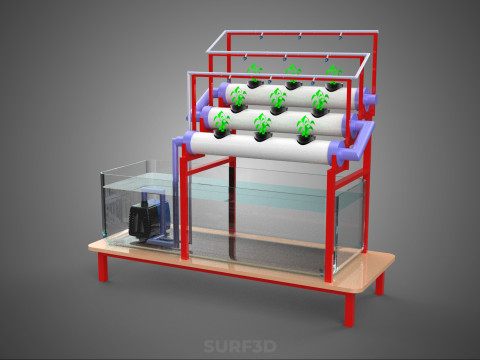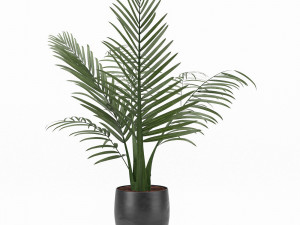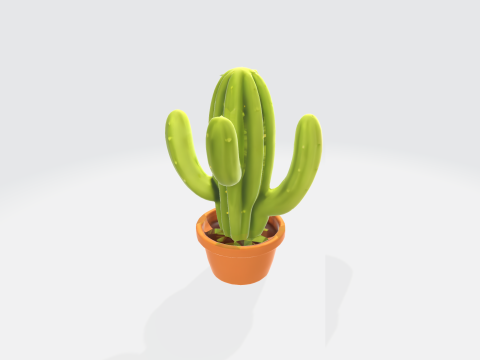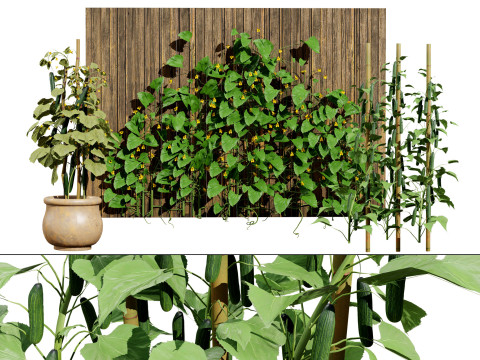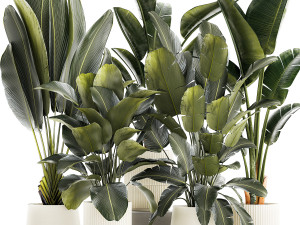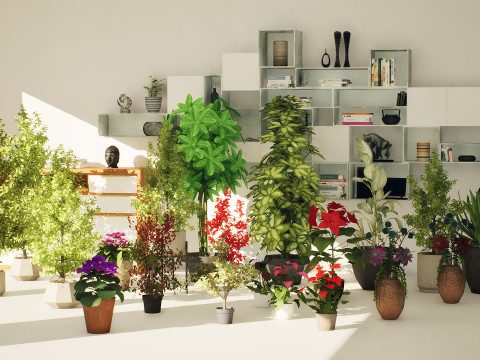IOT HYDROPONIC PLANT PLASTIC BOTTLE CONTAINER SOLAR PANEL POWER 3Dモデル

- 利用可能フォーマット: Autodesk AutoCAD (.dwg) 17.34 MBAutodesk 3DS MAX (.max) 67.08 MBGLB (.glb / .gltf) 13.93 MBACIS(.sat) 24.23 MBRhinoceros (.3dm) 9.33 MBSketchUp (.skp) 4.81 MBIGES (.iges) 2.32 MBBlender3D (.blend) 31.35 MBWavefront OBJ (.obj) 25.59 MBSTEP (.step) 2.17 MBAutodesk FBX (.fbx) 51.63 MBStereolithography (.stl) 34.66 MBCollada (.dae) 31.02 MB3D Studio (.3ds) 9.15 MB
- 多角形:2267632
- 頂点:1719534
- アニメーション:No
- テクスチャー加工:No
- 装飾:No
- 素材:
- 低ポリ:No
- コレクション:No
- UVW マッピング:No
- 使用中プラグイン:No
- 印刷 準備:No
- 3D スキャン:No
- 成人コンテンツ:No
- PBR:No
- AIトレーニング:No
- ジオメトリ:Poly NURBS
- 展開済 UVs:Unknown
- ビュー:95
- 日付: 2025-09-11
- アイテム ID:598178
High-quality 3D assets at affordable prices — trusted by designers, engineers, and creators worldwide. Made with care to be versatile, accessible, and ready for your pipeline.
Included File Formats
This model is provided in 14 widely supported formats, ensuring maximum compatibility:
• - FBX (.fbx) – Standard format for most 3D software and pipelines
• - OBJ + MTL (.obj, .mtl) – Wavefront format, widely used and compatible
• - STL (.stl) – Exported mesh geometry; may be suitable for 3D printing with adjustments
• - STEP (.step, .stp) – CAD format using NURBS surfaces
• - IGES (.iges, .igs) – Common format for CAD/CAM and engineering workflows (NURBS)
• - SAT (.sat) – ACIS solid model format (NURBS)
• - DAE (.dae) – Collada format for 3D applications and animations
• - glTF (.glb) – Modern, lightweight format for web, AR, and real-time engines
• - 3DS (.3ds) – Legacy format with broad software support
• - 3ds Max (.max) – Provided for 3ds Max users
• - Blender (.blend) – Provided for Blender users
• - SketchUp (.skp) – Compatible with all SketchUp versions
• - AutoCAD (.dwg) – Suitable for technical and architectural workflows
• - Rhino (.3dm) – Provided for Rhino users
Model Info
• - All files are checked and tested for integrity and correct content
• - Geometry uses real-world scale; model resolution varies depending on the product (high or low poly)
• • - Scene setup and mesh structure may vary depending on model complexity
• - Rendered using Luxion KeyShot
• - Affordable price with professional detailing
Buy with confidence. Quality and compatibility guaranteed.
If you have any questions about the file formats, feel free to send us a message — we're happy to assist you!
Sincerely,
SURF3D
Trusted source for professional and affordable 3D models.
More Information About 3D Model :
The "IOT Hydroponic Plant Plastic Bottle Container Solar Panel Power" system describes an integrated agricultural methodology that synergistically combines hydroponic plant cultivation with Internet of Things (IoT) monitoring and control, housed within repurposed plastic bottle containers, all powered by an autonomous solar energy system. This interdisciplinary approach aims to create sustainable, scalable, and off-grid solutions for localized food production, emphasizing resource efficiency, environmental responsibility, and accessibility.
**Hydroponic System Integration**
Hydroponics is a method of growing plants without soil, utilizing mineral nutrient solutions dissolved in water. In this specific configuration, plants are typically supported by inert growing media (e.g., rockwool, coco coir, expanded clay pellets) within the repurposed plastic bottle containers, with their roots directly immersed in or periodically exposed to the nutrient-rich water. Common hydroponic techniques adaptable to this scale include Deep Water Culture (DWC), Nutrient Film Technique (NFT), or wick systems, where the modified plastic bottles serve as both reservoirs for the nutrient solution and chambers for plant support. This soil-less approach minimizes water usage, as nutrient solutions are recirculated, and evaporation is significantly reduced.
**Container Design and Material**
The utilization of readily available plastic bottles (e.g., PET bottles) as plant containers is a core feature of this system, promoting principles of the circular economy through waste repurposing. These bottles can be creatively modified—by cutting openings for plant placement, fabricating drainage holes, or connecting multiple bottles—to form modular growing units. Designs can range from simple individual plant holders to complex vertical gardens or horizontally linked systems. While the transparency of plastic bottles offers visual access to root systems, it necessitates measures such as painting or opaque coverings to prevent sunlight from reaching the nutrient solution, which can foster undesirable algal growth and degrade nutrient integrity.
**Internet of Things (IoT) Components**
The integration of IoT technology transforms a basic hydroponic setup into a smart system, enabling real-time data collection, remote monitoring, and automated control. Key IoT components typically include:
1. **Sensors:** Various sensors are deployed to measure critical environmental parameters essential for plant growth, such as water pH, Electrical Conductivity (EC) for nutrient concentration, water temperature, ******t air temperature and humidity, and water level within the reservoirs.
2. **Microcontroller/Microprocessor:** Devices like Arduino, ESP32, or Raspberry Pi serve as the central processing unit, collecting data from sensors, executing pre-programmed logic for optimal plant conditions, and managing communication protocols.
3. **Connectivity Modules:** Wi-Fi, Bluetooth, or cellular modules facilitate the transmission of collected data to cloud-based platforms or local servers. This connectivity allows users to remotely access information, analyze trends, and send control commands via smartphone applications or web interfaces.
4. **Actuators:** Based on sensor readings and user-defined parameters, the system can autonomously control actuators. These may include peristaltic pumps for precise nutrient solution dosing, pH adjusters (acid/base), air pumps for oxygenating the root zone, and LED grow lights to supplement or provide full spectrum illumination.
**Solar Power System**
The entire system's energy requirements are met by a standalone solar power system, providing autonomy and significantly reducing reliance on conventional electrical grids. This self-sustaining power architecture typically comprises:
1. **Photovoltaic (PV) Panels:** Solar panels convert solar radiation directly into direct current (DC) electricity. Their size and efficiency are determined by the system's total power consumption and local solar irradiance.
2. **Charge Controller:** This device regulates the voltage and current flowing from the solar panels to the battery bank, preventing overcharging and deep discharge, thereby extending battery lifespan and ensuring system stability.
3. **Rechargeable Battery Bank:** A crucial component for energy storage, batteries accumulate excess energy generated during daylight hours. This stored energy powers the sensors, microcontrollers, and actuators during periods of low sunlight or at night, ensuring continuous and uninterrupted system operation.
4. **Inverter (Optional):** If any components require alternating current (AC), an inverter is used to convert the DC power from the battery bank into AC power. However, many IoT and hydroponic components are designed to operate on DC power to minimize conversion losses.
**Advantages and Applications**
This integrated system offers numerous benefits, making it highly suitable for various applications:
* **Sustainability:** Repurposes plastic waste and utilizes clean, renewable solar energy, significantly minimizing its environmental footprint.
* **Resource Efficiency:** Hydroponics dramatically reduces water consumption (up to 90% less than traditional soil farming) and can be implemented in areas with limited arable land.
* **Scalability and Adaptability:** Its modular design allows for easy expansion or contraction, making it ideal for urban farming, small-scale household food production, and educational projects.
* **Accessibility:** Enables localized food production in regions with poor soil quality, water scarcity, or limited access to conventional infrastructure, contributing to food security in remote communities or humanitarian settings.
* **Optimized Growth:** Precise, automated monitoring and control of environmental parameters lead to faster plant growth rates, healthier plants, and higher yields compared to less controlled methods.
* **Educational Platform:** Serves as an excellent hands-on learning tool for STEM (Science, Technology, Engineering, Mathematics) principles, sustainable agriculture, and IoT technologies.
異なるフォーマットが必要な場合、サポートチケットを開き、注文をしてください。3Dモデルをこれらに変換できます: .stl, .c4d, .obj, .fbx, .ma/.mb, .3ds, .3dm, .dxf/.dwg, .max. .blend, .skp, .glb. 3D シーンは変換しません .step、.iges、.stp、.sldprt などの形式。!


 English
English Español
Español Deutsch
Deutsch 日本語
日本語 Polska
Polska Français
Français 中國
中國 한국의
한국의 Українська
Українська Italiano
Italiano Nederlands
Nederlands Türkçe
Türkçe Português
Português Bahasa Indonesia
Bahasa Indonesia Русский
Русский हिंदी
हिंदी